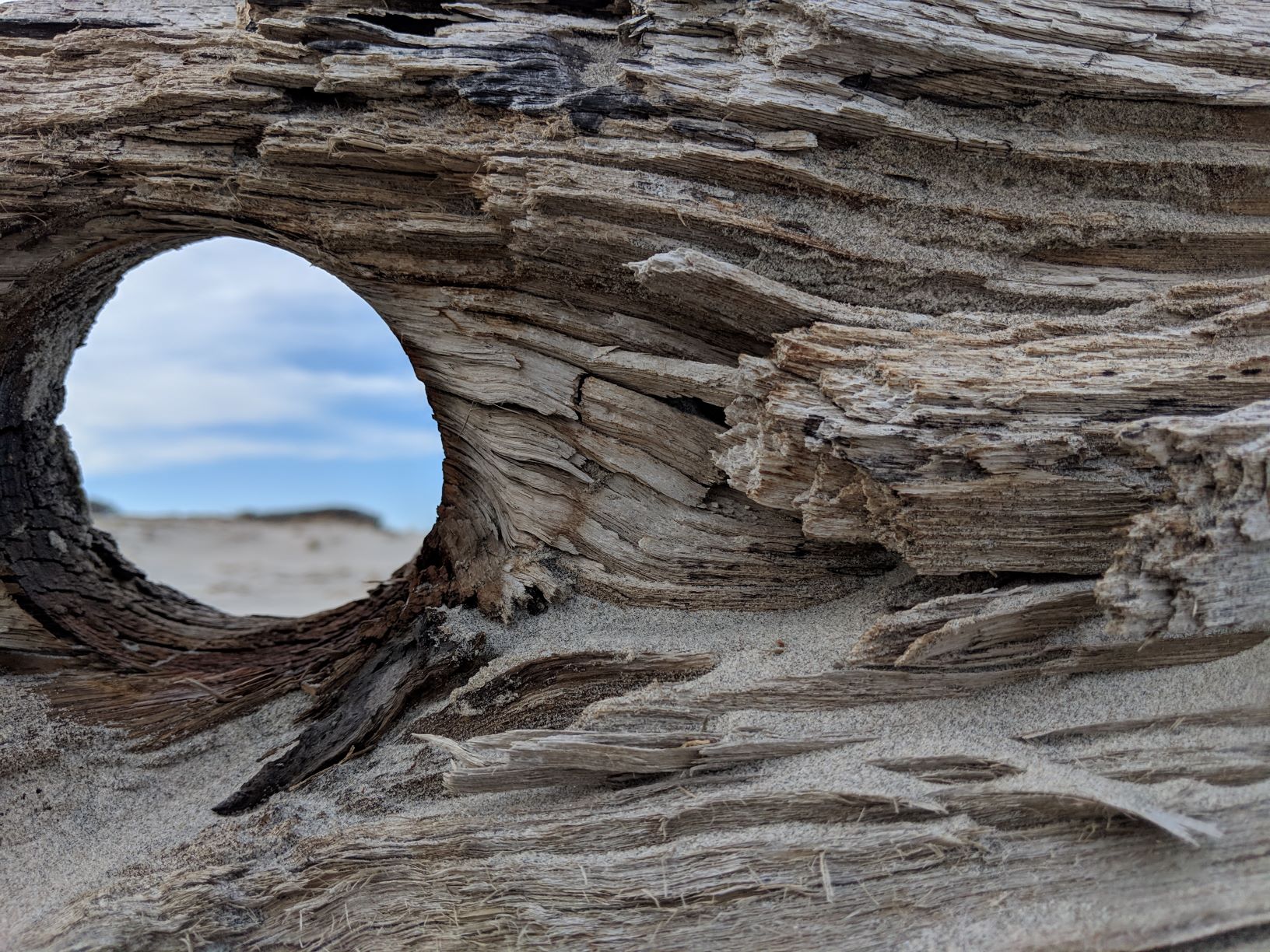
Yesterday my school district was closed because the symbol of the dominant religion round these parts was crucified on this day. I am a science teacher in this district, paid to teach young humans a way of thinking that unveils the terrible beauty of patterns in the natural world, so that we can alter the same natural world in beautiful and terrifying ways
Make no mistake–science is a revered discipline not for what it teaches us about our role in the universe. It is revered for the awesome power it unleashes. We have become the gods we thought we had become back when Adam gnoshed on the apple.
The oldest Gospel Mark was written a few generations after the death of Jesus–the original version ends with the women running from the empty tomb.
And that’s it. That’s it.

Nothing of the power of believers to drive out demons, to handle snakes, to speak in tongues, to drink poisons without harm, to heal with a laying of hands. None of the fun stuff that makes evangelical Christianity so powerfully attractive.
Ol’ Doubting Thomas doesn’t appear until the Gospel of John, written a few generations after Mark. Thomas needed to see Jesus’ wounds to believe he was Jesus, and the Lord invited Thomas to thrust his fingers into the wounds, or so the story goes.
I suppose I should appreciate the story a bit more, given that it gives the stamp of approval for skepticism, allowing us to poke our fingers places we shouldn’t poke them. but the skepticism only goes so far.

I have today off because a good portion of folks in this part of the world confound faith and belief.
It’s been raining off and on for hours. I will wander out to a muddy patch of earth, poke my fingers into the ground to remind me that it, too, exists, then drop a few peas into the ground, hopeful that they will grow.
I have faith that they will, even if I do not believe it.
And again, the peas will sprout, faith over belief.
The heart of science is blowing up beliefs.
(March 2016)






